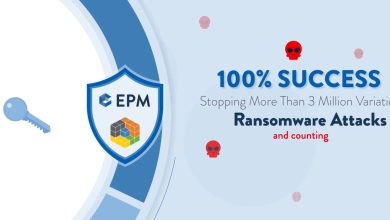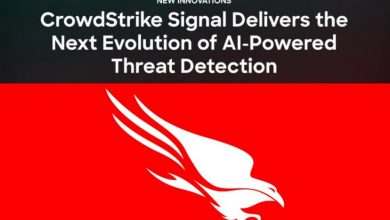Building Your Zero-Trust Network Access on an Enterprise Security Foundation

Work-From-Home (WFH) and Work-From-Anywhere (WFA) approaches soared during the pandemic, and organisations (and their employees) haven’t looked back!
Globally, businesses have sought to provide greater worker agility and enhance workplace flexibility, allowing members of staff to work from the comfort of their own homes but without taking extra precautions, it may all come at the cost of unprotected networks. Security and networking teams are now tasked with prompt onboarding of remote workers while also protecting them from increasingly sophisticated malware and ransomware attacks. As security and commercial activities continue to converge, security and connection requirements will increase as well.

Zero-Trust Network Access
These factors have dramatically accelerated the need for Zero-Trust Network Access (ZTNA). ZTNA allows organisations to embrace a ‘never trust, always verify’ approach through a continuous verification procedure that occurs anytime a device attempts to gain access to or connect to a company’s network. By assessing multiple pieces of information to confirm an individual’s identity prior to giving access to the network, businesses are better able to defend against the primary causes of security breaches, such as user impersonation, password reuse, data breaches, and stolen credentials. This may involve a combination of multiple measures, such as micro-segmentation of networks, authentication of users, and verification of a secure network.
Companies can also eliminate the standard password authentication methods, one of the primary causes of phishing attempts, by implementing zero-trust security. They can simultaneously increase user privacy, offering the organisation and its staff peace of mind. This method minimises an organisation’s attack surface without hindering staff productivity.
Hillstone ZTNA
Hillstone Networks provides businesses with a robust and practical way to implement ZTNA, combining the Hillstone Security Management (HSM) Platform with its Next-Generation Firewall (NGFW) product range to provide customers with powerful ZTNA capabilities. Hillstone ZTNA is compatible with a variety of authentication mechanisms, corporate devices, and operating systems, while HSM enables scaled deployment and administration. In the near future, with continued investment in research and development of the solutions, Hillstone mentioned that their ZTNA implementation would be supplied on a larger scale, demonstrate more sophisticated intelligence, and support additional deployment options.

How can Hillstone’s ZTNA Help Your Organisation?
Due to its high-security foundation, Hillstone’s ZTNA solution may efficiently service a variety of use-cases and sectors. While not restricted to the use-cases discussed in this article, some of the examples of use-cases are:
- Remote Staff. Hillstone ZTNA can support WFH and WFA while limiting the attack surface. Their ZTNA solution ensures only corporate-registered devices may access the business network, antivirus software is operational, and operating systems are up to date. This prevents attackers from using a known system vulnerability to access corporate computers over VPN.
- Mobile Staff. Hillstone ZTNA can ensure employees’ essential job process access while limiting alter access to sensitive data. A travelling corporate finance employee may be able to access email but not finance or accounting systems. After arriving at a branch office and establishing security, this person can access the finance systems. This context-based, least-privilege solution minimises risk and balances security and efficiency. ZTNA allows CISOs to selectively apply policies, rather than all-access or no-access.
- Government Agencies or Regulated Industries. Hillstone ZTNA protects government agencies and enterprises with stricter compliance rules. Both are vulnerable to malware and ransomware. ZTNA promotes a need-to-know, need-to-access culture, like many institutions and sectors. ZTNA policies can require travel-related multi-factor authentication and trusted devices for remote access. Hillstone can restrict access to services like email or block access entirely.
- Services Providers. Hillstone’s ZTNA technology helps service providers secure clients’ IT against WFH and WFA. SMBs with low or no IT experience are at risk from ransomware. Businesses expect reliable connectivity and security for digital assets. By adding ZTNA to Hillstone’s NGFW, service providers may provide SMEs with a managed solution that improves their security. These SMEs can simply receive ZTNA as a service, allowing them to benefit from sophisticated policies while the service provider monitors security.
ZTNA allows enterprises to clearly see assets and interactions existing on their network, understand what access requirements are needed where and to whom, and allows enterprises to quickly fulfil network needs while ensuring security despite the complex present-day access requirements. Click on the link below to find out more.





